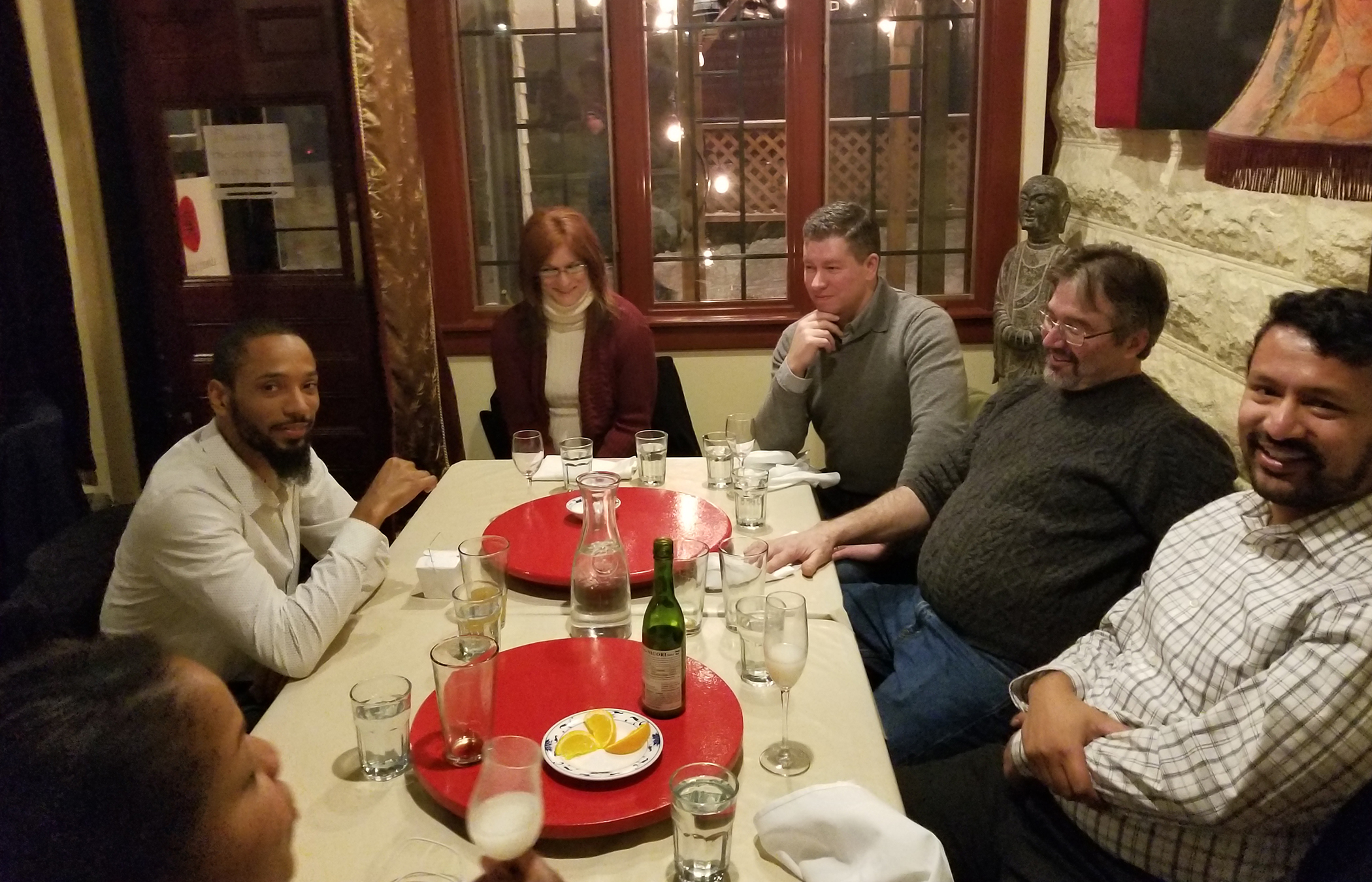Introspective Systems is participating in the Accel VT business accelerator program. CEO Kay Aikin is writing about her experiences; see the post about the first sprint here.
The second sprint at Accel VT was a great experience for Introspective Systems, in part because two members of our team joined me in Burlington. Our CTO Shaun Meredith helped other participants understand the collaborative aspects of our xGraph solution by showing one of the cool projects we have underway: beating Starcraft. It’s one thing to talk with people about how our xGraph platform enables modules to work on their own and in conjunction with each other to solve computing problems; it’s a lot more fun to show them how it works in trying to beat this game.
Our new Director of Sales, Michael Horgan, also joined the cohort. He had the chance to learn more about the needs of the energy community, and how our xGraph solution can be a fit. We learned about some of the energy data challenges, including managing the large volumes of data in real time from sensors involved in managing power flow.
I’m passionate about xGraph and the future of Introspective Systems – the challenge is explaining how our very complex technology can be used to enable simple solutions for our world’s biggest data problems. Having Michael and Shaun at this sprint meant we could communicate other viewpoints. Each sprint, the participants vote on which company they think has the most promise; this week, we ranked second. That is a great sign for us, as the other participants in the program – and companies like theirs – are one of our target markets.
While xGraph has applications in many industries, energy is very exciting. We are working with partners on two microgrid installations to embed transactive energy controls. As I mentioned in the post about the first sprint, real-time pricing is the holy grail for energy utilities. Right now, consumers are billed an aggregate price that doesn’t help utilities smooth out peaks and valleys in demand. Once utilities have the leverage of real-time pricing, they can solve both sides of the equation – managing their own power forecasting and purchasing AND lowering costs for the consumer. This is truly a big-data problem – and it’s one that we’re eager to solve.
Let us know if you have a transactive energy problem you’d like to solve – we are always looking for partners that can help us learn more about your unique challenges, and what a real solution looks like for you.



